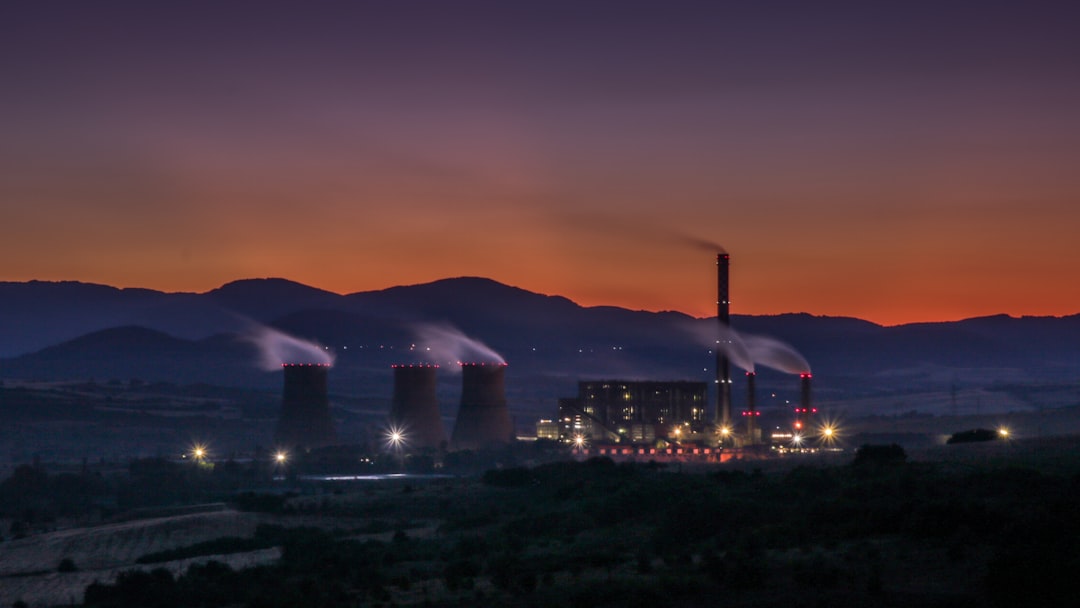What is it about?
Irrigation in low-lying coastal plains may enhance the formation of fresh groundwater lenses, which counteract salinization of groundwater and soil. This study presents seasonal dynamics of such a freshwater lens and discusses its influence on the salinity distribution of the unconfined aquifer in the coastal plain of Ravenna, Italy, combining field observations with numerical modeling (SEAWAT). The lens originates from an irrigation ditch used as a water reservoir for spray irrigation. The geometry of the freshwater lens shows seasonal differences because of freshwater infiltration during the irrigation season and upconing of deeper saltwater for the remainder of the year. The extent of the freshwater lens is controlled by the presence of nearby drainage ditches. Irrigation also results in a temperature anomaly in the aquifer because of the infiltration of warm water during the irrigation season. The surficial zone in the vicinity of the irrigation ditch is increased considerably in thickness. Finally, different irrigation alternatives and the influence of sea-level rise are simulated. This shows that it is necessary to integrate irrigation planning into the water management strategy of the coastal zone to have maximum benefits for freshening of the aquifer and to make optimal use of the existing infrastructure. Keywords: Freshwater lenses . Irrigation . Seawater intrusion . Numerical modeling . Italy
Featured Image
Why is it important?
This study is an important step towards understanding how to integrate irrigation and drainage management in low lying coastal zones where natural recharge is small and groundwater salinization strong.
Read the Original
This page is a summary of: Seasonal dynamic of a shallow freshwater lens due to irrigation in the coastal plain of Ravenna, Italy, Hydrogeology Journal, February 2014, Springer Science + Business Media,
DOI: 10.1007/s10040-014-1099-z.
You can read the full text:
Contributors
The following have contributed to this page










